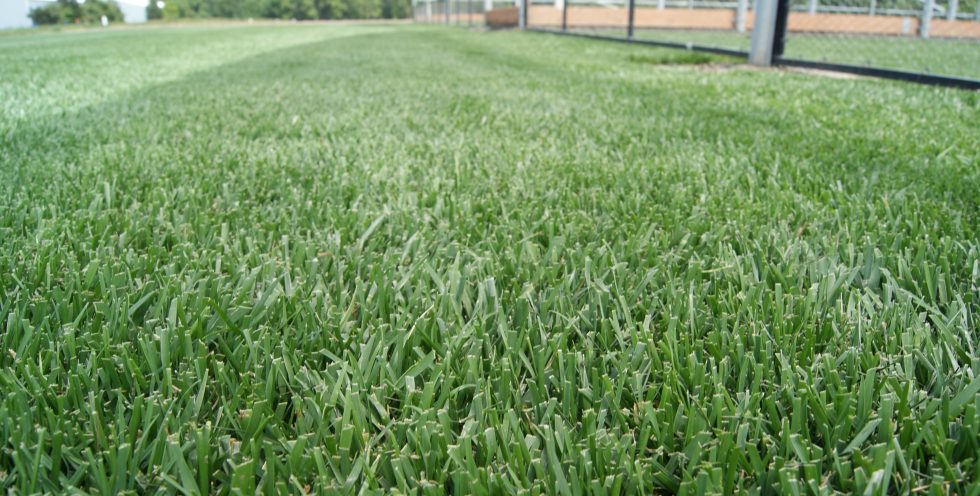[flexy_breadcrumb]

Heat Tolerant, Cool-Season Turfgrass
Prized for its adaptability to many climates, tall fescue is a low-maintenance turfgrass that exhibits good tolerance to heat, shade, heavy traffic. Tall fescue’s deep root system provides great drought tolerance. It is a popular grass for lawns and athletic fields, and its heat and drought tolerance provide added value as an excellent cool-season turfgrass for the United States transition zone.
Our tall fescue line-up features varieties that have been selected for turf quality, disease resistance with an emphasis on brown patch and gray leaf spot and strong performance under stress conditions such as traffic, shade and drought.
TURFGRASS WATER CONSERVATION ALLIANCE

We recognize that water conservation is a primary concern for our customers. As the only Canadian Class-A Member of TWCA, we bring to market turfgrass varieties that have been rigorously tested to meet the most stringent criteria of water usage and conservation methods.
